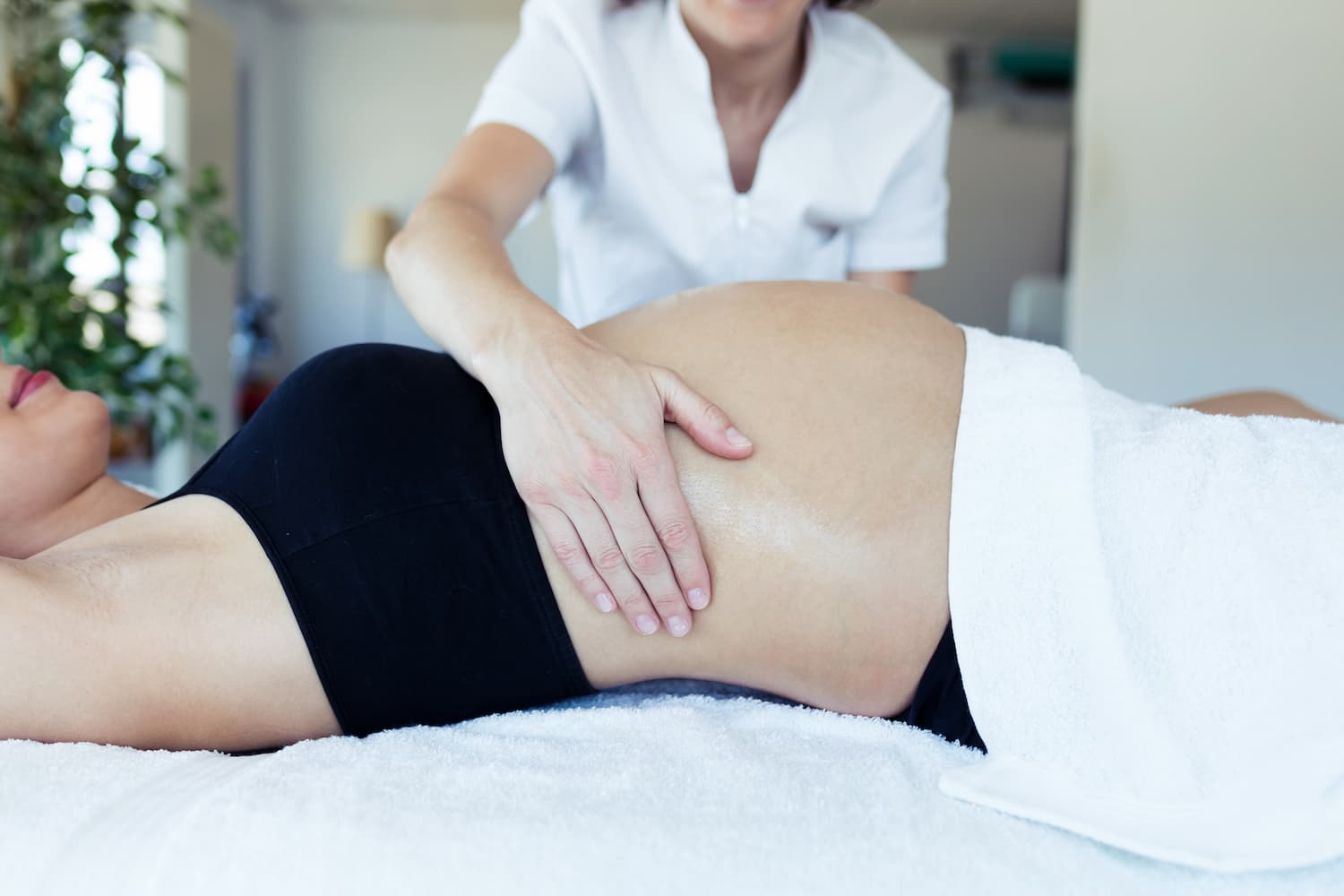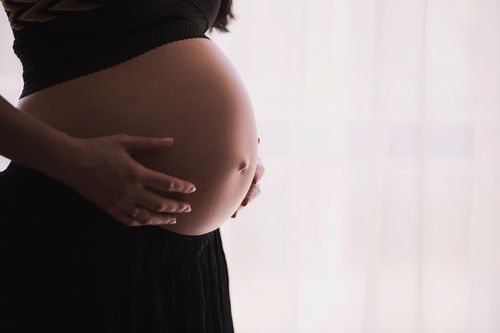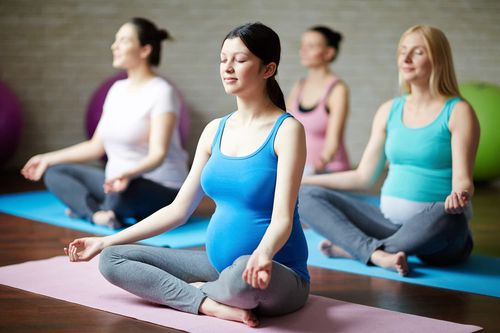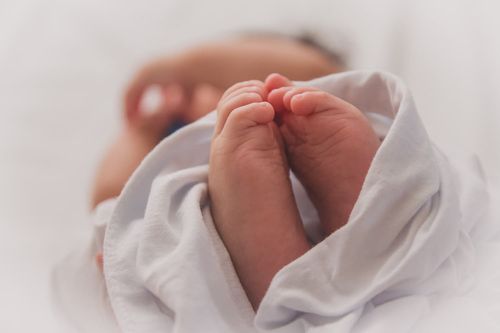What is Pregnancy Massage?
Pregnancy massage is a form of bodywork therapy designed to meet the needs of pregnant women as their bodies go through the dramatic changes of pregnancy. This kind of massage helps enhance the functioning of joints and muscles, improve blood circulation and general body tone, and relieve mental and physical fatigue.

How Does Pregnancy Massage Work?
Pregnancy massage is a specialised type of manual therapy that addresses the physiological, mental and emotional needs of a pregnant woman. There are several techniques designed for pregnancy massage and the most common ones include:
- Deep tissue massage - helps relieve muscle swelling, tension and stress
- Swedish massage - helps relax muscle tension and improve circulation
- Shiatsu - helps stimulate natural energy
Pregnancy massage therapists adapt their techniques to address the complex changes occuring in the woman's body during pregnancy. Also, they understand that an expectant mum goes through different levels of pain and discomfort throughout her journey to motherhood. Having said that, a seasoned therapist ensures that their client continues to relish physical comfort long after she has left the massage clinic by sharing some helpful self-care tips.
Here are some massage techniques that every pregnant mum can enjoy at home:
- Gentle foot rub
- Back rub
- Shoulder rub
- Scalp massage
What are the Benefits of Pregnancy Massage?
Studies have shown that receiving massage therapy during pregnancy can help reduce anxiety, lower depression symptoms, relieve muscle and joint pains, and improve labor outcomes and the health of the newborn.
Additionally, it offers the following benefits:
- Stimulates the release of the happiness hormone serotonin
- Improves sleep
- Promotes the physiological response of relaxation
- Relieves and improves nerve pain
- Reduces swelling
- Reduces back pain
- Improves blood and lymphatic circulation
- Improves oxygenation of soft tissues and muscles
What Can You Expect From Pregnancy Massage?
Pregnancy massage is a hands-on massage and usually lasts for about an hour. Therapists use a pregnancy massage table to accommodate the mother's belly. Others also use bolsters or specially designed pillows to comfortably position the mother on her side. Lying on the side is often the most comfortable position during the later stages of pregnancy.
Before the treatment session begins, the practitioner will ask the client if they have any underlying conditions which may not warrant a massage as it may pose a risk to their pregnancy. Despite its numerous benefits, pregnancy massage is not advisable for mums who fall into the following categories:
- At high risk of miscarriage
- Experience nausea, vomiting and morning sickness
- At high-risk pregnancy such as placental abruption and preterm labor
- Pregnancy induced hypertension (PIH)
- Preeclampsia
A pregnant woman must consult her ob-gyns first before getting a massage. Moreover, she must see to it that the practitioner whom she's working with is a certified prenatal massage therapist who has completed an advanced training program that focuses on massage techniques which address pain and discomfort associated with pregnancy.
Is Pregnancy Massage Safe?
Generally, pregnancy massage is considered safe after the first trimester of pregnancy. It should be remembered to avoid getting a massage during the first three months as it might trigger dizziness which can add to the daily morning sickness. Also, avoid applying direct pressure on the area between the heel and ankle bone as it can trigger contractions. Deep kneading in the abdomen area may also make the client uncomfortable.




